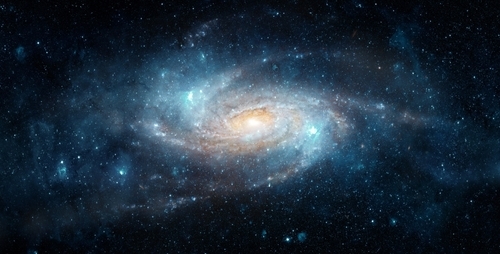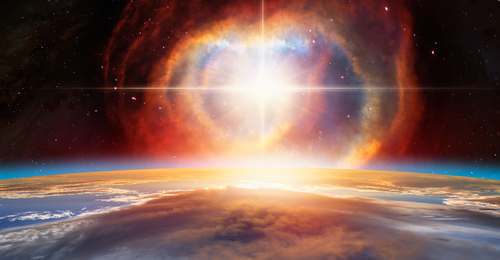Illuminating the Cosmic Dawn
The “cosmic dawn” refers to a pivotal era in the history of the universe—the moment when the first stars and galaxies ignited, casting their light into a cosmos that had been dark since the Big Bang. Occurring roughly 100 to 400 million years after the universe’s birth, this epoch marked the end of the so-called “cosmic dark ages.” Although invisible to conventional telescopes, scientists can probe this ancient time through a unique and elusive fingerprint: the 21-centimeter hydrogen line.

The 21-centimeter line arises from a subtle energy transition in neutral hydrogen atoms, the universe’s most abundant element at the time. When the spins of the proton and electron in a hydrogen atom shift from parallel to antiparallel, the atom emits a photon with a wavelength of 21 centimeters. As these atoms were pervasive before and during the cosmic dawn, their signal offers a powerful tool to trace the distribution and state of matter across the early universe.
Crucially, this signal does not remain at 21 centimeters when observed today. Due to cosmic expansion, it is redshifted—stretched into longer wavelengths—allowing researchers to pinpoint the epoch from which it originated. By scanning different radio frequencies, astronomers effectively map a three-dimensional timeline of cosmic evolution, unlocking details about the formation of the first stars, galaxies, and black holes.
Detecting this faint signal is no small feat. It is buried beneath foreground radio noise from our galaxy and human-made sources by factors of over 10,000. Yet several ambitious projects aim to isolate it. Experiments like the EDGES (Experiment to Detect the Global Epoch of Reionization Signature) telescope have already provided tantalizing hints. In 2018, EDGES reported an unexpected absorption feature at 78 MHz (corresponding to a redshift of about 17), suggesting that hydrogen gas was cooler than predicted—or that some unknown physics, such as interactions with dark matter, could be at play.

This absorption indicates that the primordial hydrogen was absorbing background radiation, likely from the cosmic microwave background (CMB), before being heated by the first luminous objects. As stars formed, they emitted ultraviolet photons that ionized and warmed the surrounding hydrogen, gradually erasing the 21-centimeter signal in a process known as reionization.
Understanding the 21-centimeter signal offers more than just a glimpse into the universe’s earliest starlight—it provides a cosmic laboratory to test fundamental physics, constrain models of dark matter, and map the architecture of the infant cosmos. With next-generation observatories like the Square Kilometre Array (SKA) on the horizon, scientists are poised to turn these whispering hydrogen atoms into a detailed narrative of how structure first bloomed in the vast, silent void.



